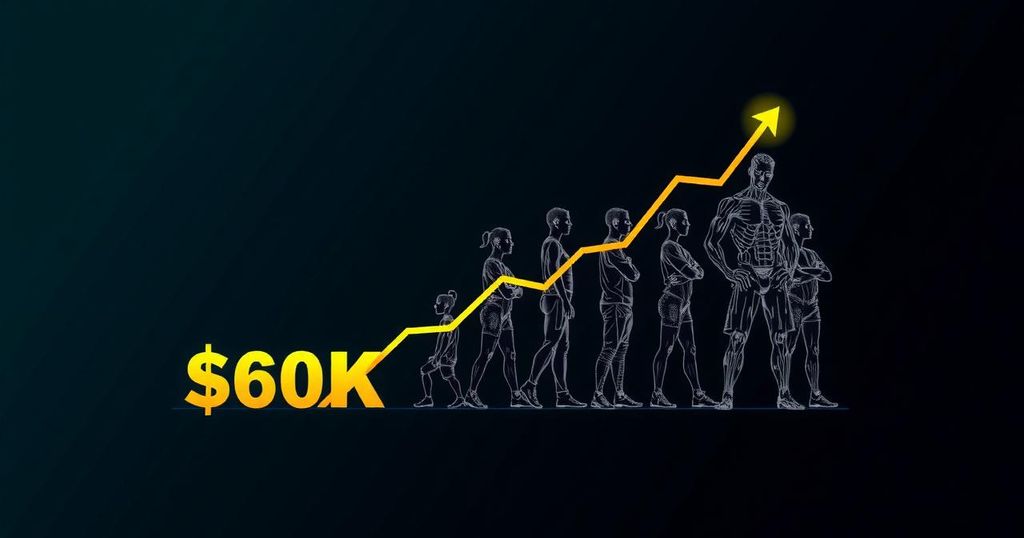Understanding the Recent Bitcoin Price Drop: What’s Causing the Setback and What to Expect Next
Bitcoin, the preeminent cryptocurrency, has encountered a setback in its recent surge, retracting from the $60,000 resistance level amid an increase in short positions and mounting market apprehension. The decline in price brought Bitcoin down to approximately $58,515, representing a 1.7% decrease within the past 24 hours.
One significant factor contributing to this downward pressure is the substantial surge in Bitcoin short positions across multiple exchanges. Data indicates that 24-hour short volumes spiked by 118% to over $18.30 billion shortly after Bitcoin reached the $60,000 mark on Sunday. Major exchanges such as Deribit, Bitmex, Bitfinex, Kraken, and HTX have reported significant disparities in trading positions, further contributing to the market’s volatility.
Investor concerns have also been heightened by the recent action of the US government to transfer $600 million worth of seized Bitcoin to a wallet on Coinbase, a leading cryptocurrency exchange. This move has instigated fears about potential additional government sales of confiscated digital assets, as the US government is reportedly in control of approximately $12 billion in cryptocurrency, which could substantially impact market prices if liquidated on a large scale.
In addition to these factors, market sentiment has been influenced by the subdued inflow into spot Bitcoin ETFs. Last week, Bitcoin ETFs experienced a net flow of just $32.5 million, with Grayscale’s GBTC observing $195 million in outflows, signaling a reduction in overall enthusiasm compared to the initial launch period.
The funding rate for Bitcoin perpetual futures on the Binance exchange has turned notably negative, indicating a decline in speculative interest. This shift in sentiment suggests that the market may be entering a more cautious phase following the recent rally.
Looking ahead, investors eagerly anticipate the upcoming Federal Open Market Committee (FOMC) meeting and the annual Jackson Hole symposium. Federal Reserve Chair Jerome Powell’s remarks at these events could offer insights into the future direction of monetary policy and potentially impact risk assets such as Bitcoin.
The ongoing US presidential race introduces an additional layer of uncertainty to the cryptocurrency market, as the future regulatory landscape for digital assets remains unclear with pro-crypto Republican candidate Donald Trump and Democratic Vice President Kamala Harris both competing for influence.
Despite these challenges, some market analysts maintain optimism regarding Bitcoin’s long-term prospects. They argue that the current pullback is a typical market response to recent developments and anticipate that prices may stabilize as the market assimilates these changes and adapts to the evolving regulatory environment.
In conclusion, the recent decline in Bitcoin’s price is attributed to various factors including the surge in short positions, concerns about government sales of seized Bitcoin, and subdued ETF flows. Market participants eagerly await insights from key events such as the FOMC meeting and the Jackson Hole symposium, which could influence the future trajectory of Bitcoin and other risk assets. While uncertainties persist, some analysts uphold a positive long-term outlook for Bitcoin, notwithstanding the current market challenges.








Post Comment